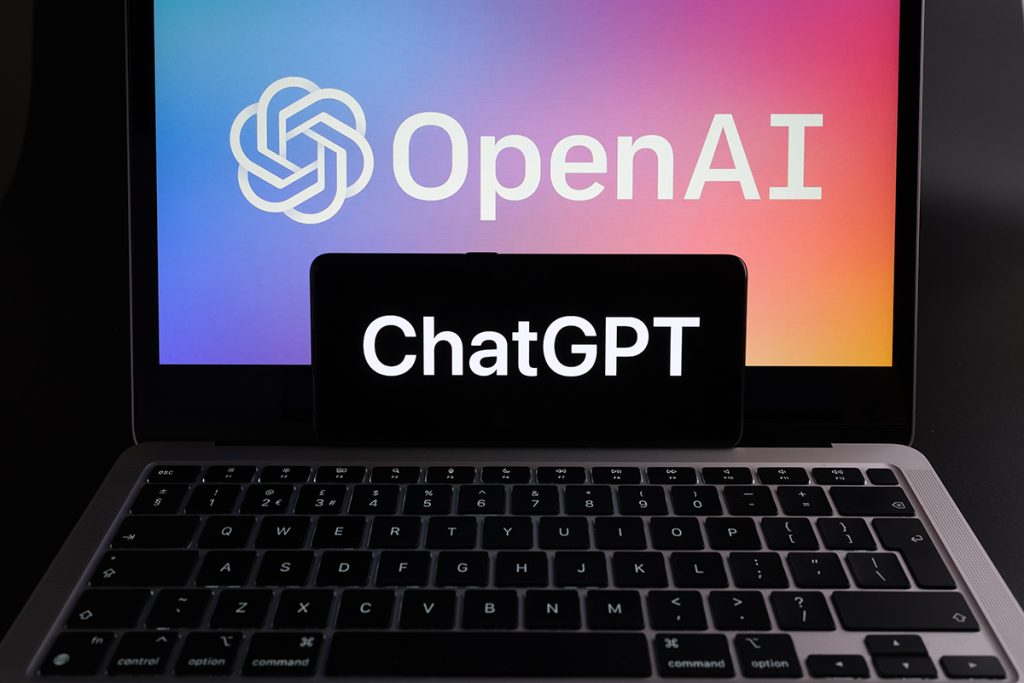OpenAI has once again captured the attention of the tech world with the launch of GPTo, a groundbreaking update designed to enhance ChatGPT’s functionality across text, visual, and audio domains. The latest iteration of this artificial intelligence model boasts an array of impressive features, including the ability to mimic human cadences in verbal responses and even discern the mood of its interlocutors.
Drawing comparisons to the futuristic romance film “Her,” GPTo’s advanced capabilities conjure images of a world where human and artificial intelligence seamlessly interact, blurring the lines between man and machine. While the notion of falling in love with a chatbot may seem far-fetched, OpenAI’s latest innovation represents a significant leap forward in the realm of conversational AI.
One of the most striking aspects of GPTo is its ability to reason across different modalities in real-time. Unlike its predecessors, this updated model is not limited to processing text alone but can also analyze audio and video inputs with remarkable speed and accuracy. This multifaceted approach enables GPTo to engage in more nuanced and dynamic conversations, enriching the user experience in ways previously unimaginable.
Under the hood, GPTo is powered by GPT-4o, aptly nicknamed “omni” for its all-encompassing capabilities. This powerful AI engine serves as the backbone of ChatGPT, OpenAI’s popular chatbot platform, which is set to undergo a transformative upgrade in the coming weeks. What’s more, users of all tiers, including those on the free version, will have access to GPTo, democratizing AI-driven interactions like never before.
During a recent live-streamed update, OpenAI showcased GPTo’s prowess through a series of captivating demonstrations. Chief Technology Officer Mira Murati and other executives guided viewers through real-time interactions with the AI bot, showcasing its ability to infuse emotion into conversations upon request. From solving math equations to tackling complex coding problems, GPTo proved its mettle as a versatile problem-solving companion.
In a particularly intriguing demonstration, GPTo attempted to extrapolate a person’s emotional state by analyzing a selfie video of their face. Utilizing sophisticated algorithms, the AI deduced the individual’s mood based on facial expressions, showcasing its potential applications in areas such as mental health and emotional well-being.
Language translation is another area where GPTo shines, effortlessly bridging communication barriers between speakers of different languages. By seamlessly translating between English and Italian, the AI model demonstrated its ability to facilitate cross-cultural conversations with ease, opening up new possibilities for global collaboration and understanding.
Despite the buzz surrounding GPTo’s debut, some analysts have raised questions about OpenAI’s competitive positioning in the rapidly evolving AI landscape. With rivals like Google set to unveil updates to their own AI models, there is speculation about whether OpenAI can maintain its edge in the market. However, proponents argue that OpenAI’s focus on democratizing access to AI technologies sets it apart from its competitors, positioning GPTo as a catalyst for innovation and inclusivity.
As the tech world eagerly awaits further developments, one thing is clear: OpenAI’s GPTo represents a significant milestone in the evolution of conversational AI. With its blend of human-like interactions, real-time reasoning, and cross-modal capabilities, GPTo is poised to redefine the way we engage with AI technology, ushering in a new era of intelligent conversation and collaboration.


